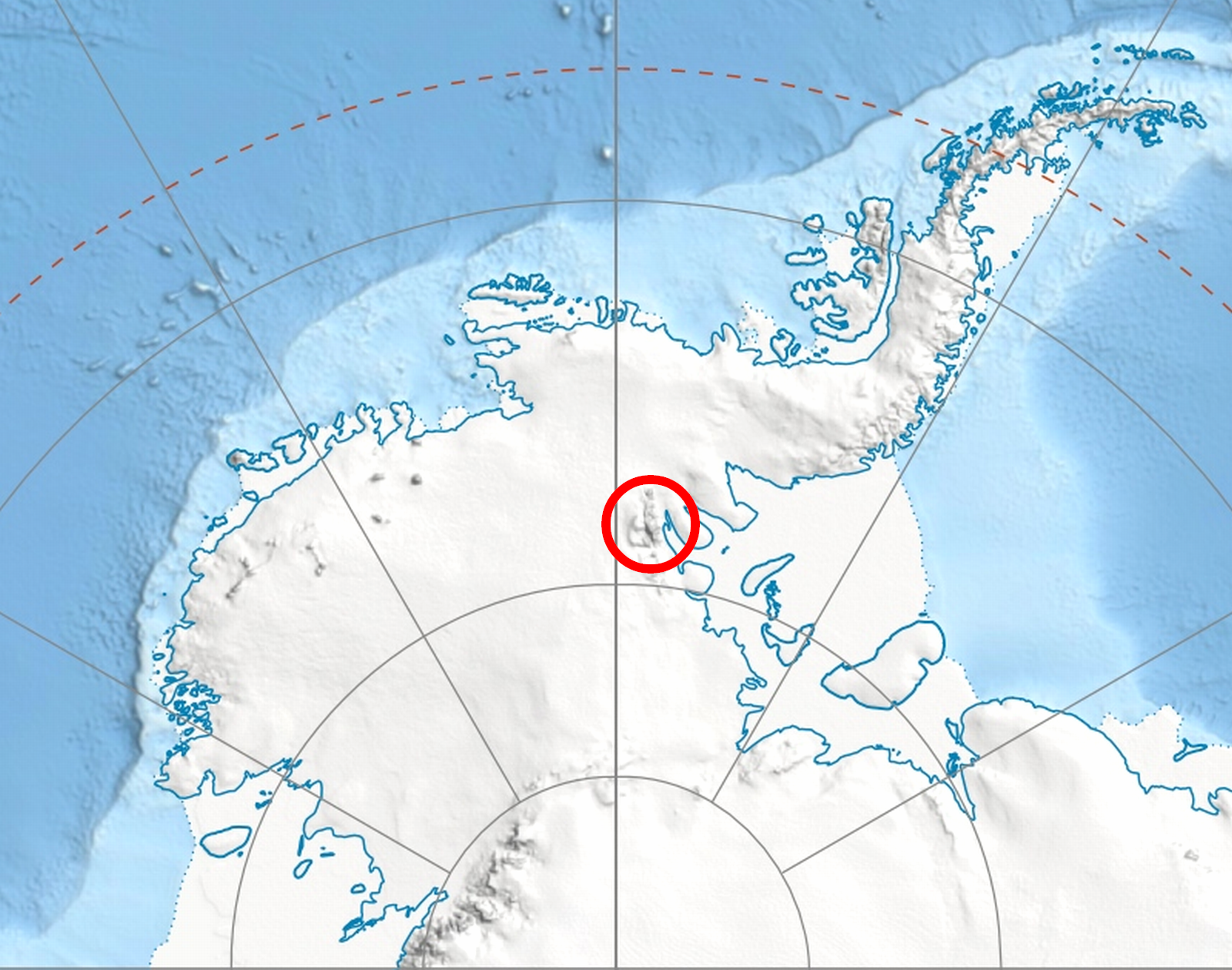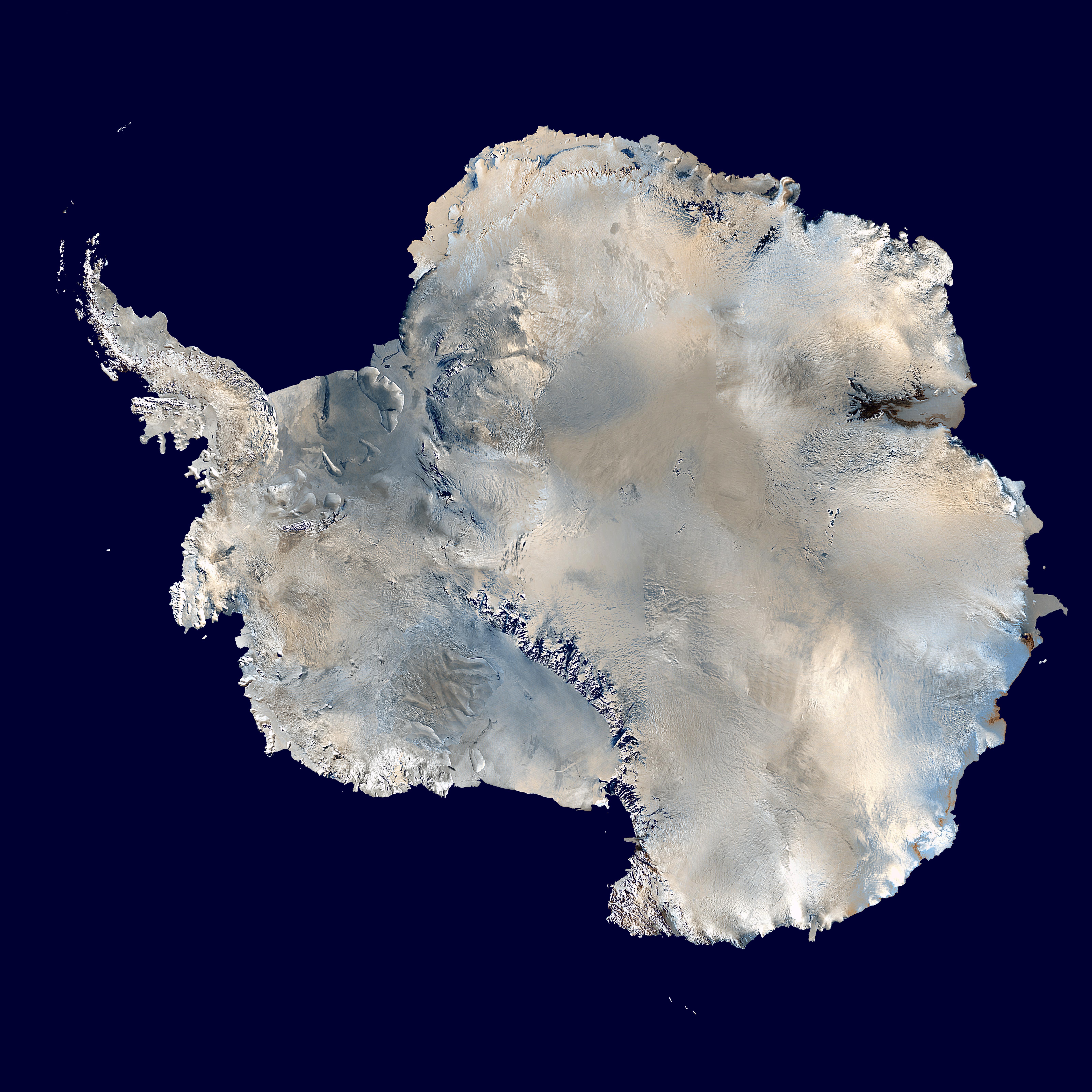|
Goreme Col
Goreme Col ( bg, Горемска седловина, ‘Goremska Sedlovina’ \go-'rem-ska se-dlo-vi-'na\) is the col of elevation 2666 mReference Elevation Model of Antarctica. Polar Geospatial Center. University of Minnesota, 2019 linking to the east to on the northeast side of in |
Goreme, Bulgaria
Goreme is a village in Strumyani Municipality, in Blagoevgrad Province, in southwestern Bulgaria Bulgaria (; bg, България, Bǎlgariya), officially the Republic of Bulgaria,, ) is a country in Southeast Europe. It is situated on the eastern flank of the Balkans, and is bordered by Romania to the north, Serbia and North Macedon .... Accessed May 5, 2010 References Villages in Blagoevgrad Province {{Blagoevgrad-geo-stub ...[...More Info...] [...Related Items...] OR: [Wikipedia] [Google] [Baidu] |
Antarctic Place-names Commission
The Antarctic Place-names Commission was established by the Bulgarian Antarctic Institute in 1994, and since 2001 has been a body affiliated with the Ministry of Foreign Affairs of Bulgaria. The Commission approves Bulgarian place names in Antarctica, which are formally given by the President of the Republic according to the Bulgarian Constitution (Art. 98) and the established international practice. Bulgarian names in Antarctica Geographical names in Antarctica reflect the history and practice of Antarctic exploration. The nations involved in Antarctic research give new names to nameless geographical features for the purposes of orientation, logistics, and international scientific cooperation. As of 2021, there are some 20,091 named Antarctic geographical features, including 1,601 features with names given by Bulgaria.Bulgarian Antarctic Gaze ... [...More Info...] [...Related Items...] OR: [Wikipedia] [Google] [Baidu] |
Prosenik Peak
Prosenik Peak ( bg, връх Просеник, vrah Prosenik, ) is the peak rising to 2739 mReference Elevation Model of Antarctica. Polar Geospatial Center. University of Minnesota, 2019 in , southeast in , , and surmounting |
Mount Tuck
Mount Tuck () is a pyramidal mountain (3,560 m) at the head of Hansen Glacier, the summit of Doyran Heights in the Sentinel Range of Ellsworth Mountains, Antarctica. It surmounts Hansen Glacier to the north, Hough Glacier to the south and upper Dater Glacier to the west, and separated from Veregava Ridge to the northwest by Manole Pass. The peak was first mapped by the United States Geological Survey (USGS) from surveys and U.S. Navy air photos from 1957 to 1959. It was named by the Advisory Committee on Antarctic Names (US-ACAN) for Lieutenant John Tuck Jr., a U.S. Navy support leader at the South Pole Station South is one of the cardinal directions or compass points. The direction is the opposite of north and is perpendicular to both east and west. Etymology The word ''south'' comes from Old English ''sūþ'', from earlier Proto-Germanic ''*sun� ... in 1957. Maps Vinson Massif. Scale 1:250 000 topographic map. Reston, Virginia: US Geological Survey, 1988. Antar ... [...More Info...] [...Related Items...] OR: [Wikipedia] [Google] [Baidu] |
Vanand Peak
Vanand Peak ( bg, връх Вананд, vrah Vanand, ) is the sharp peak rising to 3045 mReference Elevation Model of Antarctica. Polar Geospatial Center. University of Minnesota, 2019 in on the northeast side of in , in |
Marts Peak
Marts Peak is a high, small and sharp peak at the east edge of the ice-covered Vinson Plateau in the Sentinel Range of the Ellsworth Mountains, Antarctica. It surmounts Dater Glacier to the northeast and Hammer Col to the south. The peak was named by US-ACAN in 2006 after Brian Marts, a member of the 1966–67 American Antarctic Mountaineering Expedition that made the first ascent of Mount Vinson, the summit of Antarctica, and other high mountains in the Sentinel Range. Location Marts Peak is located at , which is east-southeast of Mount Vinson, northeast of Opalchenie Peak and east by north of Silverstein Peak, according to US maps made in 1961 and updated in 1988. See also * Mountains in Antarctica This is a list of all the Ultra prominent peaks (with topographic prominence greater than 1,500 metres) in Antarctica. Some islands in the South Atlantic have also been included and can be found at the end of the list. Antarctica South Atl ... Maps Vinson Massif. Sc ... [...More Info...] [...Related Items...] OR: [Wikipedia] [Google] [Baidu] |
Bulgaria
Bulgaria (; bg, България, Bǎlgariya), officially the Republic of Bulgaria,, ) is a country in Southeast Europe. It is situated on the eastern flank of the Balkans, and is bordered by Romania to the north, Serbia and North Macedonia to the west, Greece and Turkey to the south, and the Black Sea to the east. Bulgaria covers a territory of , and is the sixteenth-largest country in Europe. Sofia is the nation's capital and largest city; other major cities are Plovdiv, Varna and Burgas. One of the earliest societies in the lands of modern-day Bulgaria was the Neolithic Karanovo culture, which dates back to 6,500 BC. In the 6th to 3rd century BC the region was a battleground for ancient Thracians, Persians, Celts and Macedonians; stability came when the Roman Empire conquered the region in AD 45. After the Roman state splintered, tribal invasions in the region resumed. Around the 6th century, these territories were settled by the early Slavs. The Bulg ... [...More Info...] [...Related Items...] OR: [Wikipedia] [Google] [Baidu] |
Thomas Glacier
Thomas Glacier () is a roughly Z-shaped glacier which drains the southeast slopes of Vinson Massif and flows for 17 nautical miles (31 km) through the south part of the Sentinel Range, Ellsworth Mountains, leaving the range between Doyran and Petvar Heights south of Johnson Spur. The glacier was discovered by U.S. Navy Squadron VX-6 on photographic flights of December 14–15, 1959, and mapped by United States Geological Survey (USGS) from the photos. It was named by Advisory Committee on Antarctic Names (US-ACAN) for R. Admiral Charles W. Thomas, USCG, veteran of Antarctic expeditions in the 1950s. Tributaries glaciers * Kornicker Glacier * Saltzman Glacier * Sowers Glacier * Aster Glacier * Della Pia Glacier * Obelya Glacier See also * List of glaciers in the Antarctic * Glaciology Glaciology (; ) is the scientific study of glaciers, or more generally ice and natural phenomena that involve ice. Glaciology is an interdisciplinary Earth science that integrat ... [...More Info...] [...Related Items...] OR: [Wikipedia] [Google] [Baidu] |
Dater Glacier
The Dater Glacier is a steep valley glacier in Antarctica, long and from wide, flowing northeast in a sinuous course from the eastern slopes of the Vinson Massif between Sullivan Heights and Veregava Ridge to Rutford Ice Stream which borders the eastern flank of the Sentinel Range, Ellsworth Mountains. At the lower end the Dater Glacier coalesces with the terminus of the Ellen Glacier, the two emerging from the Sentinel Range as one stream just north of the Flowers Hills. The glacier was discovered by U.S. Navy Squadron VX-6 on photographic flights of December 14–15, 1959, and mapped from these photographs by the United States Geological Survey. It was named by the Advisory Committee on Antarctic Names after Henry M. Dater, a historian on the staff of the U.S. Antarctic Projects Officer and the U.S. Naval Support Force Antarctica. Tributary glaciers * Hansen Glacier * Berisad Glacier * Orizari Glacier * Hinkley Glacier * Strinava Glacier Maps * Vinson Massif. ... [...More Info...] [...Related Items...] OR: [Wikipedia] [Google] [Baidu] |
Antarctica
Antarctica () is Earth's southernmost and least-populated continent. Situated almost entirely south of the Antarctic Circle and surrounded by the Southern Ocean, it contains the geographic South Pole. Antarctica is the fifth-largest continent, being about 40% larger than Europe, and has an area of . Most of Antarctica is covered by the Antarctic ice sheet, with an average thickness of . Antarctica is, on average, the coldest, driest, and windiest of the continents, and it has the highest average elevation. It is mainly a polar desert, with annual precipitation of over along the coast and far less inland. About 70% of the world's freshwater reserves are frozen in Antarctica, which, if melted, would raise global sea levels by almost . Antarctica holds the record for the lowest measured temperature on Earth, . The coastal regions can reach temperatures over in summer. Native species of animals include mites, nematodes, penguins, seals and tardigrades. Where ve ... [...More Info...] [...Related Items...] OR: [Wikipedia] [Google] [Baidu] |




